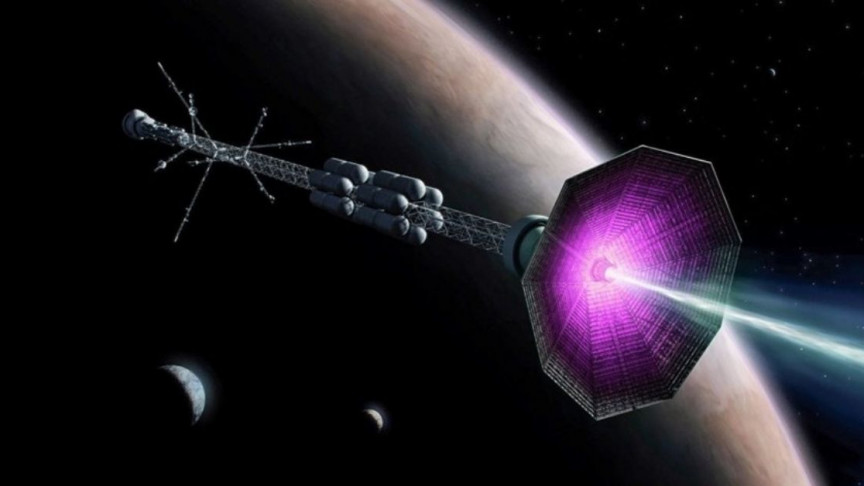
interestingengineering.com
New Rocket Thruster Concept to Take Humans to Mars 10 Times Faster
Physicists and scientists have come up with a rocket engine concept that is faster than the current ones. Discover the idea behind it, here.
Science & Tech
A physicist has come up with a new rocket engine thruster concept that could take people to Mars ten times more quickly.
The physicist in question, Fatima Ebrahimi, is the concept's inventor and is part of the U.S. Department of Energy’s (DOE) Princeton Plasma Physics Laboratory (PPPL).
Ebrahimi's study was published in the Journal of Plasma Physics.
An engine thruster based off solar flares
One of the main differences between Ebrahimi's new rocket thruster concept and other space-proven ones is that hers uses magnetic fields to boost particles of plasma out of the back of the rocket. So far, space-proven ones use electric fields to boost plasma.
Plasma is one of the four fundamental states of matter, and made of gas ions and free electrons. Our Sun is a burning ball of plasma that uses a fusion reaction, for instance.
Current plasma thrusters that use electric fields to propel these particles only operate at low speed. However, Ebrahimi's new plasma thruster concept was able to create exhaust with speeds of hundreds of kilometers a second — or ten times faster than current thrusters.
This means that if used, astronauts could reach outer planets much more quickly. The thrusters would significantly boost the start of the journey, ultimately reducing the entire trip's travel time.
Ebrahimi pointed out that there are three main differences between her proposed rocket thruster concept and current existing ones. The first one is using magnetic fields which offer more range in thrust power. Secondly, the new concept creates movement as it ejects plasma particles and plasmoid; the latter adds extra power to the thruster. And lastly, magnetic fields permit plasma inside the thruster to consist of light or heavy atoms. This lets scientists tailor the thrust power per mission.
"This work was inspired by past fusion work and this is the first time that plasmoids and reconnection have been proposed for space propulsion," Ebrahimi said. "The next step is building a prototype," she continued.
























































